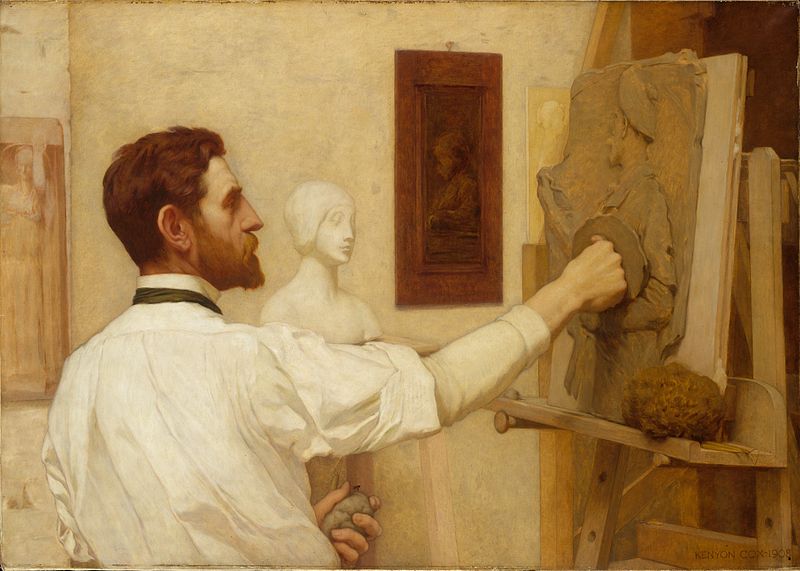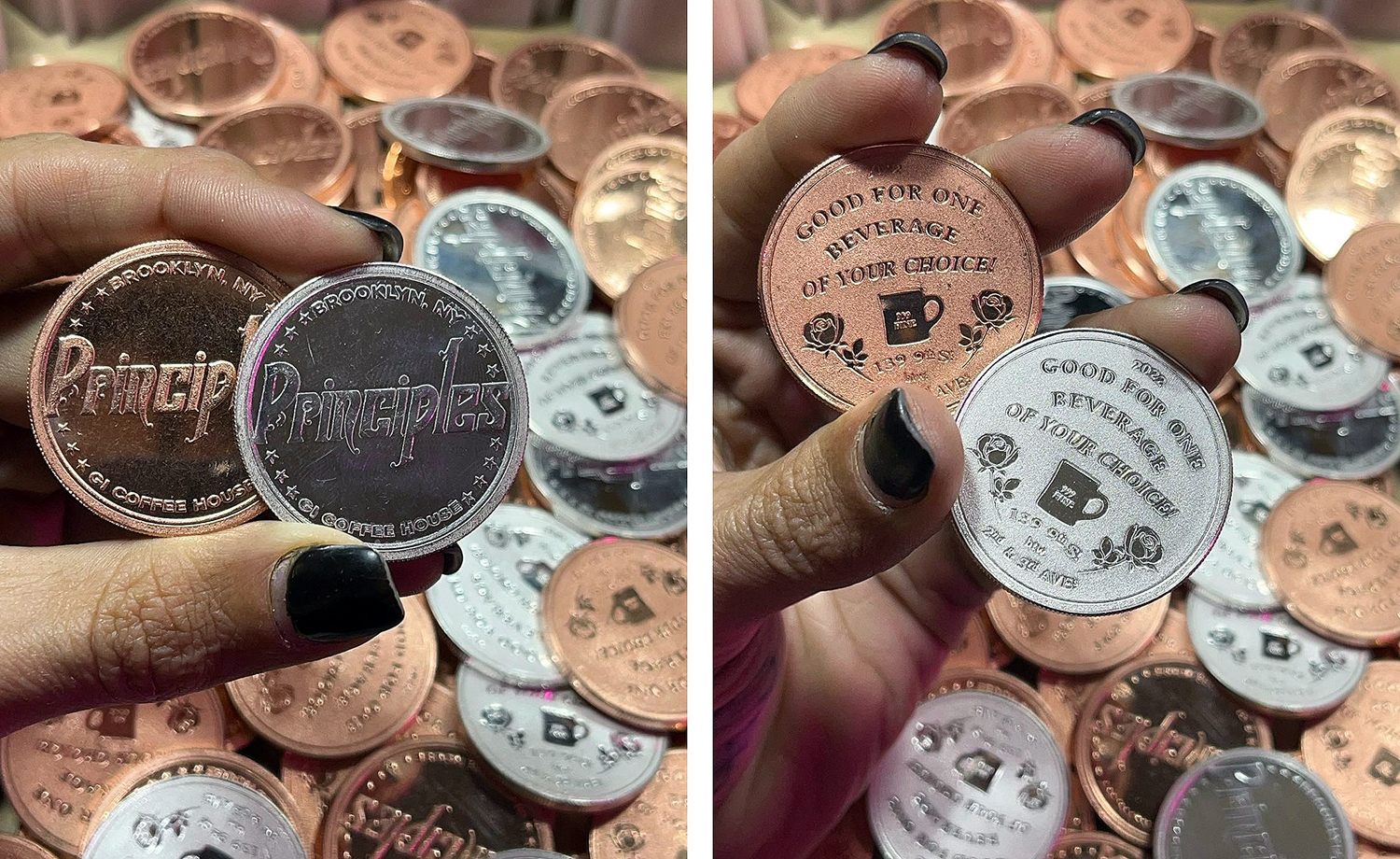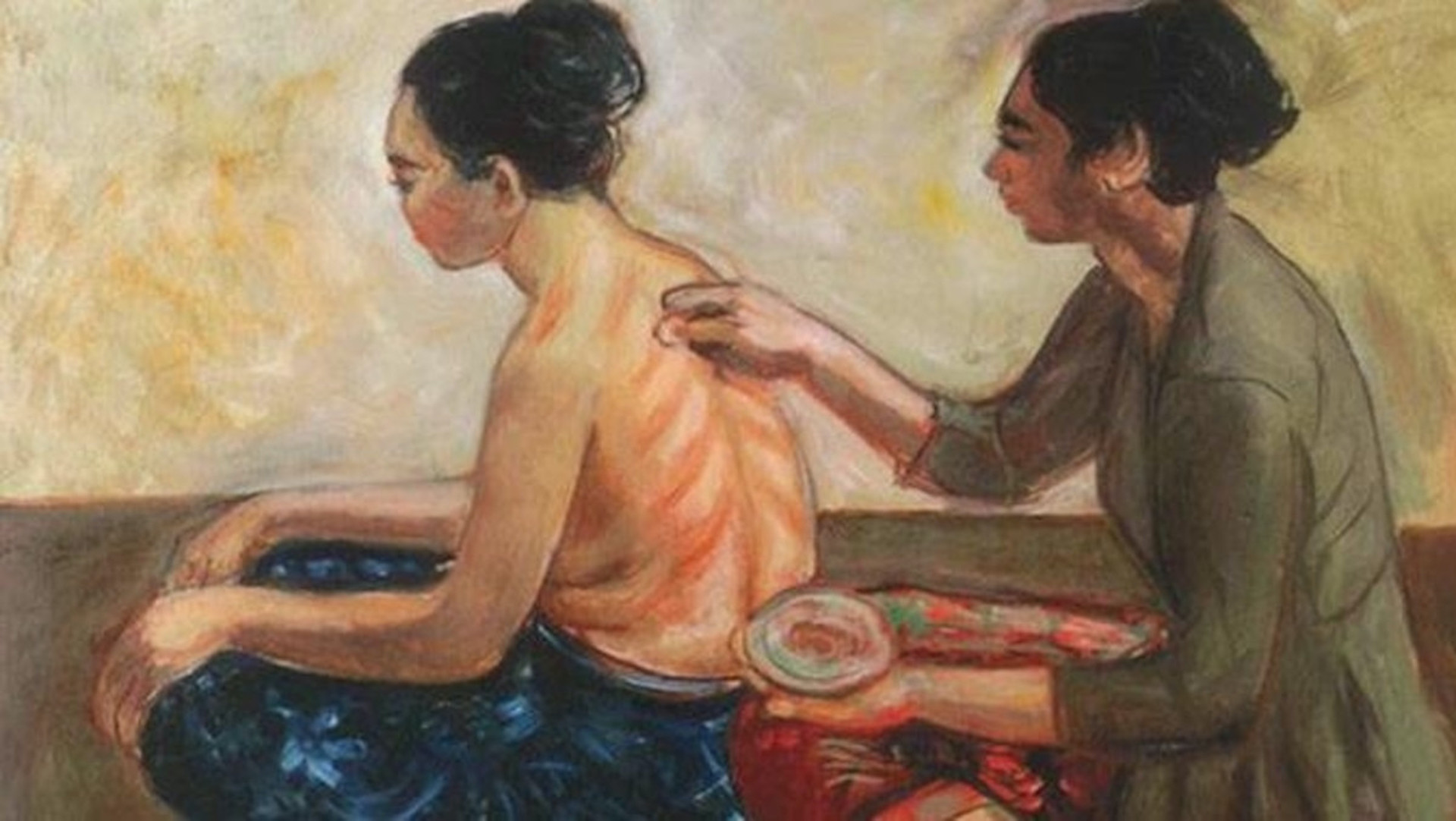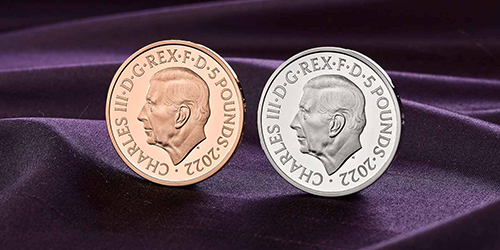Trouble with Names

Du Bois was a big name at the U.S. mint in the nineteenth century. Or was it DuBois? Dubois? du Bois? This kind of thing can drive you crazy when writing. (It’s worse when you have to speak these historical names aloud. In this case I was assisted by numismatic researcher Joel Orosz, who found out that the descendants pronounce it doo-BOYZ.) For guidance you can try looking at an individual’s publications, if they have any, though you might be dealing with someone like the noted numismatist Edouard Frossard (Édouard? Edward?), who didn’t help matters by putting an abbreviation of his name (Ed.) on everything. There is an excellent online tool for straightening this out, the Virtual International Authority File (VIAF), which gives the preferred forms from around the world. This works pretty well for Du Bois, but the entry (by the Library of Congress) for Frossard—Frossard, Ed. (Edouard), 1837–1899—might be helpful for catalogers but is a little less than definitive for writers.

One name I always have to double-check is that of revered American sculptor Augustus Saint-Gaudens. (Hyphenated or not? Or is it St. Gaudens?) Curious about the sculptor’s own usage, I had a look at some of his documents in our collection. It seems he most often used the abbreviated St. Gaudens form when signing, though he did sometimes spell it out, as in the signature that accompanies his photograph in the book of reminiscences published by his son Homer. His wife, the similarly named Augusta, used the spelled-out form in letters she sent to the ANS. The Society sometimes rather insouciantly replied using “St.”

In one egregious blunder, the ANS not only used the St. form in the catalog for its “Million Dollar Exhibition” of 1914, but managed also to botch the spelling AND misuse a possessive, a move that must have horrified the ANS’s brand new curator Howland Wood, who I assume was responsible for the catalog. (I don’t mean to dump on Wood too much here. I could easily see something like this happening to me.)

Of course, Saint-Gaudens didn’t care about such things when it came to those closest to him. Just as the personal correspondence of the Chapman Brothers tells us that, though the two coin dealers went by “Henry” and “S. H.” in business, they were always “Harry” and “Hudson” to friends and family, documents in the ANS Archives show that Saint-Gaudens was called “Gus” by his friends and relatives. (His wife was “Gussie.”) In fact, the artist refers to himself as “Stick in the Mud Uncle Gus” in one of several notes of appreciation we have from him on file.


These notes originally accompanied plaquettes the sculptor distributed to thank those who participated in a masque presented in his honor at Aspet, his home in Cornish, New Hampshire, an elaborate affair featuring music composed by Arthur Whiting and masks by Maxfield Parrish, who also appeared in the production. The masque was performed in 1905 at a temple resembling a Roman alter built onsite for the occasion, which is reproduced on the plaque. The decaying original plaster temple was replaced in 1914 by a marble one designed by William Kendall of McKim, Mead & White, and this is where the ashes of Saint-Gaudens and his wife and son are interred. The Cornish site is now a U.S. national park—one I highly recommend visiting.




